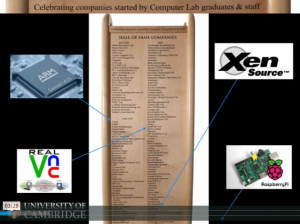Today sees the publication of a report I helped to write for the Nuffield Bioethics Council on what happens to medical ethics in a world of cloud-based medical records and pervasive genomics.
As the information we gave to our doctors in private to help them treat us is now collected and treated as an industrial raw material, there has been scandal after scandal. From failures of anonymisation through unethical sales to the care.data catastrophe, things just seem to get worse. Where is it all going, and what must a medical data user do to behave ethically?
We put forward four principles. First, respect persons; do not treat their confidential data like were coal or bauxite. Second, respect established human-rights and data-protection law, rather than trying to find ways round it. Third, consult people who’ll be affected or who have morally relevant interests. And fourth, tell them what you’ve done – including errors and security breaches.
The collection, linking and use of data in biomedical research and health care: ethical issues took over a year to write. Our working group came from the medical profession, academics, insurers and drug companies. We had lots of arguments. But it taught us a lot, and we hope it will lead to a more informed debate on some very important issues. And since medicine is the canary in the mine, we hope that the privacy lessons can be of value elsewhere – from consumer data to law enforcement and human rights.
